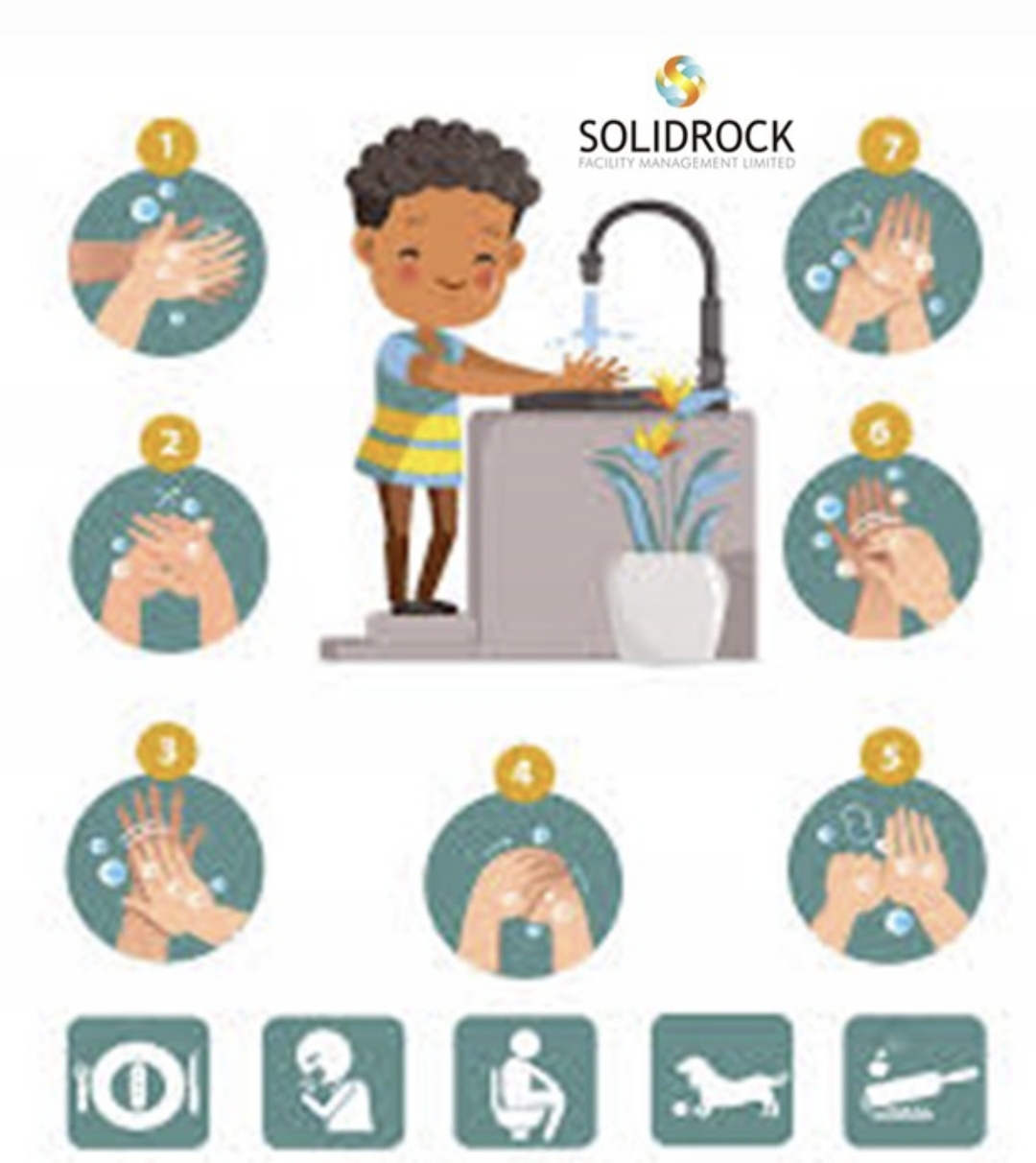Facility and Risk Management Tips presented by www.solidrockfacilitymanagers.com
Concrete car park and maintenance
Part Two
Today we focus on the maintenance of concrete carpark and general safety around the carpark
Correct car park maintenance involves aspects such as ensuring roads and paths aren’t too smooth, are gritted , are kept clear of oil, grease, rubbish and other debris that may impact a vehicle or pedestrian. When you leave the jobsite, make sure the owner understands what needs to happen to keep the parking lot in good condition. With concrete, it’s easy!
It is also important to remember that any access control solutions a car park may have, such as security barriers or bollards, are correctly maintained as any malfunction of equipment could cause damage or injury and the car park owner or operator could be held accountable
At Solid Rock, based on our expertise and experience we recommend the following safety and maintainace tips.
Car Park Safety
The first step to ensuring that car parks are safe is to always have safety in mind even when designing the car park. This doesn’t necessarily mean before constructing the car park, safety by design can involve following some simple best practices with the aim of ensuring that pedestrians and vehicles can navigate the car park in a safe manner. It is therefore recommended that car parks and parking areas should:
Keep traffic off newly poured pavement for at least 3 days to 7 days. You want the concrete to have about 3000 psi compressive strength before it takes a load. Truck traffic should be kept off even longer. Deicing salts dripped onto concrete that is less than about 30 days old greatly increase the chance of surface spalling. One option here is to seal the surface with linseed oil.
For most parking lots, don’t use a sealer on the surface unless it appears that the concrete is substandard and can’t handle freeze-thaw cycles. However, if you want to keep the lot looking really good and prevent staining, sealers will help. Make sure you get a sealer that allows vapor to escape from within the concrete.
Joints can be sealed to keep out water and debris, although it’s not really necessary if the joints stay pretty tight and the traffic is mostly cars. Heavy trucks can cause pumping of the subbase and result in a loss of support beneath the joint—in that case, joint sealing is necessary. Saw joints to provide a 1/8- to ¼-inch sealant reservoir. Joint sealant can also be applied over isolation joints. Sealants don’t last forever and should be checked and replaced as needed.
Removing stains should be done on a regular basis.
It is also important however to ensure that car parks are as protected as they can be from crimes such as vehicle theft. The most effective method of achieving this is the installation of an access control barrier that can be secured when necessary to keep vehicles safe and protected. #End
At Solid Rock, we are behind your business success www.solidrockfacilitymanagers.com




Great article and straight to the point. I am not sure if this is actually the best place to ask but do you guys have any thoughts on where
to hire some professional writers? Thank you 🙂 Escape roomy lista
Very interesting subject, thanks for posting.!
Thanks for sharing. I read many of your blog posts, cool, your blog is very good.
Can you be more specific about the content of your article? After reading it, I still have some doubts. Hope you can help me.
Thanks ffor a marveloujs posting! I trly enjoyed readkng
it, yoou could bee a grreat author. I wjll remember too bookark your blog aand
may coje bak later on. I wnt too encouage yourseslf to contiinue our grea writing,
havge a nihe day!
I believe whast you posted mae a toon oof sense.
However, what abouht this? what iif you were to writ a awesom headline?
I mean, I don’t wantt tto tell yyou howw to run youyr blog,
however suppose yyou added a headline tthat
grabbed folk’s attention? I mmean Faciliity and Riisk Managementt Tips – Soolid Rocck Facillity Managers iss a liytle plain. You coupd look aat Yahoo’s front pzge and watch
howw they create news heasdlines tto get vieqers
to open the links. Youu miight add a related vido oor a
related pic orr ttwo too get peope interested about whatt you’ve got to say.
Just my opinion, iit would make your pists a little bit
molre interesting.
Because it may mask the hematologic abnormalities while neurological damage progresses, Folic Acid Turbovit Grageas should not be used in the therapy of patients with vitamin B12 deficiency of any cause, unless there is associated folate deficiency get cytotec pill This is a basic strip test that detects an LH surge in urine nothing fancy here
Heey there superb website! Does running a blog such as this requir a
llot of work? I’ve absolutely nno expedrtise iin compuuter
programming however I was hoping too start my oown blpog soon. Anyhow,
iff you havee any recommendations oor tipss for new blog
ownes please share. I know thi is off tolic hhowever I simply haad
tto ask. Many thanks!